The company says the I-JEPA model uses underlying knowledge of the world to “fill in” missing parts of an image, rather than relying solely on nearby pixels like other generative AI models.
That approach incorporates the kind of human-like reasoning advocated by Meta's lead AI scientist , Yann LeCun, and helps the technology avoid common mistakes with AI-generated images, like images of hands with extra fingers.
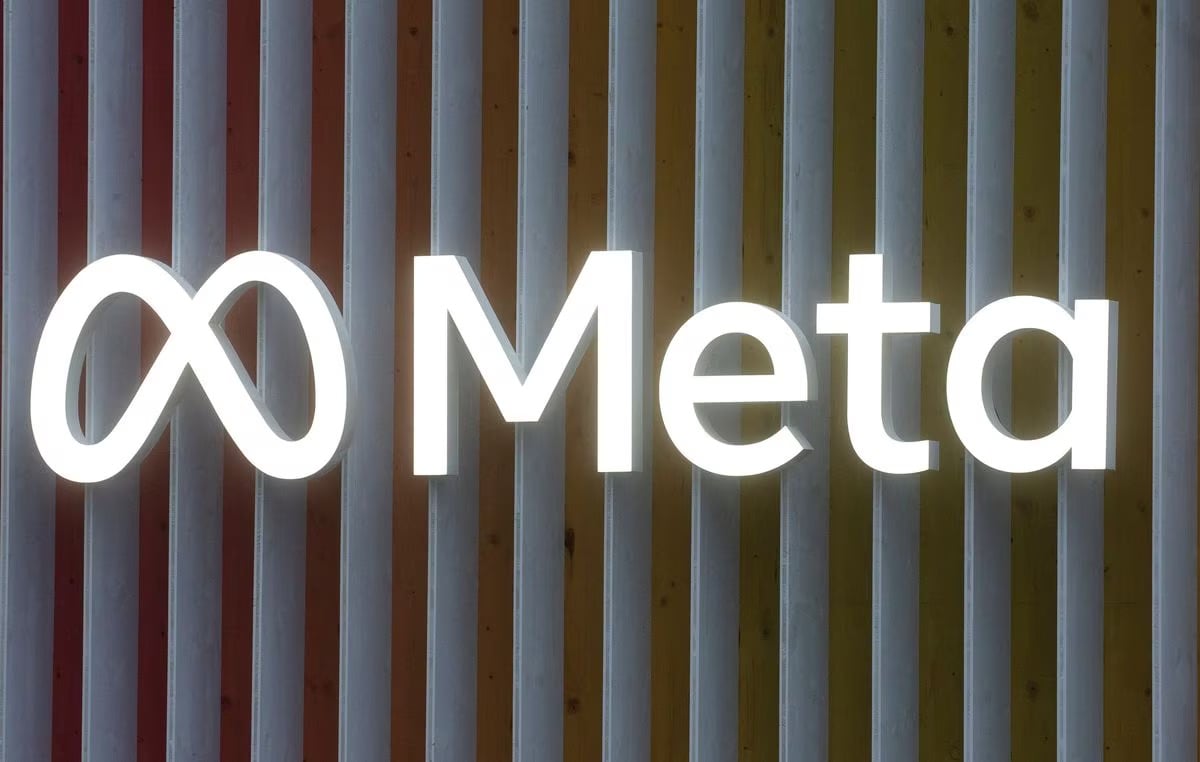
Photo: Reuters
Meta, which owns Facebook and Instagram, publishes a lot of open-source AI research through its internal research lab. CEO Mark Zuckerberg has said that sharing models developed by Meta researchers can help the company by spurring innovation, uncovering security flaws, and reducing costs.
“For us, it would be better if the industry standardizes the basic tools that we are using and so we can benefit from the improvements that others contribute,” he told investors in April.
Meta executives have dismissed warnings from others in the industry about the potential dangers of the technology, also refusing to sign a statement last month backed by top executives from OpenAI, DeepMind, Microsoft and Google.
Lecun is considered one of the "godfathers of AI", has opposed "AI doomsdayism" and argued in favor of building safety checks into AI systems.
Meta is also starting to incorporate general AI features into its consumer products, such as advertising tools that can generate wallpapers and a product for Instagram that can edit users' photos, both based on text prompts.
Mai Van (according to Reuters)
Source




![[Photo] Party and State leaders meet with representatives of all walks of life](https://vstatic.vietnam.vn/vietnam/resource/IMAGE/2025/8/24/66adc175d6ec402d90093f0a6764225b)
![[Photo] Phu Quoc: Propagating IUU prevention and control to the people](https://vstatic.vietnam.vn/vietnam/resource/IMAGE/2025/8/24/f32e51cca8bf4ebc9899accf59353d90)



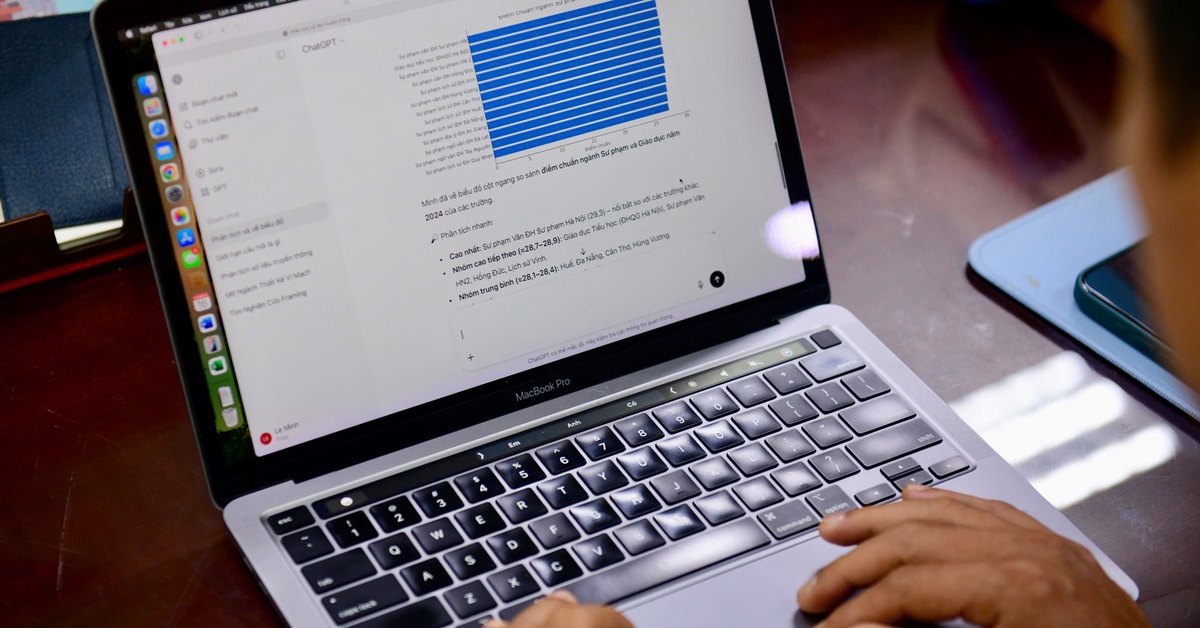

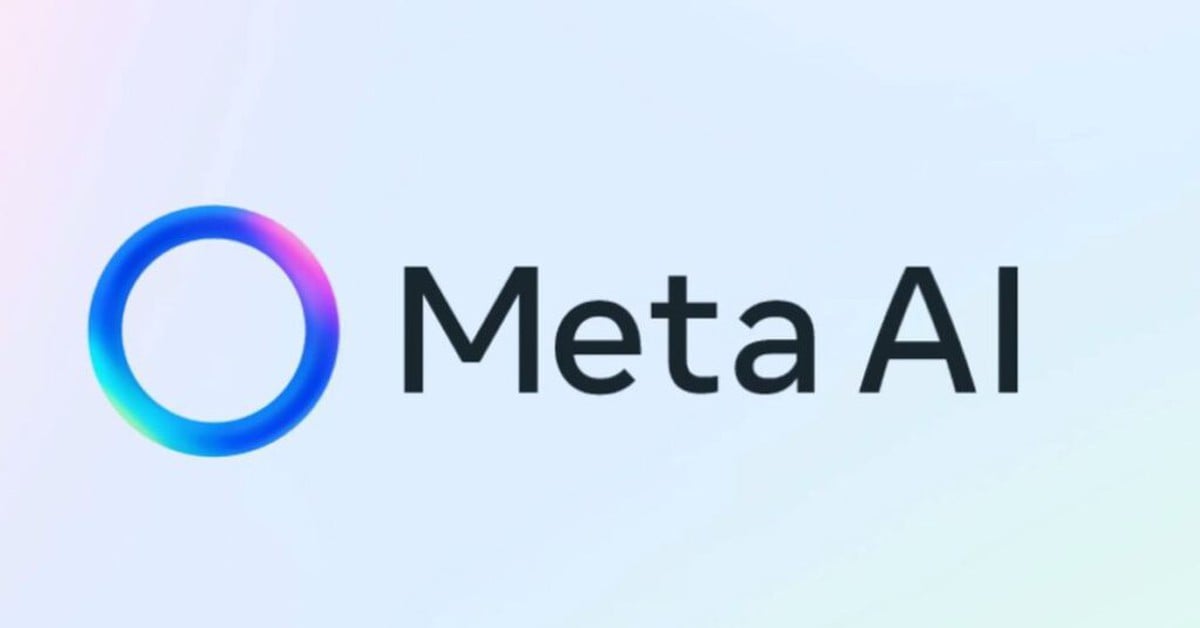
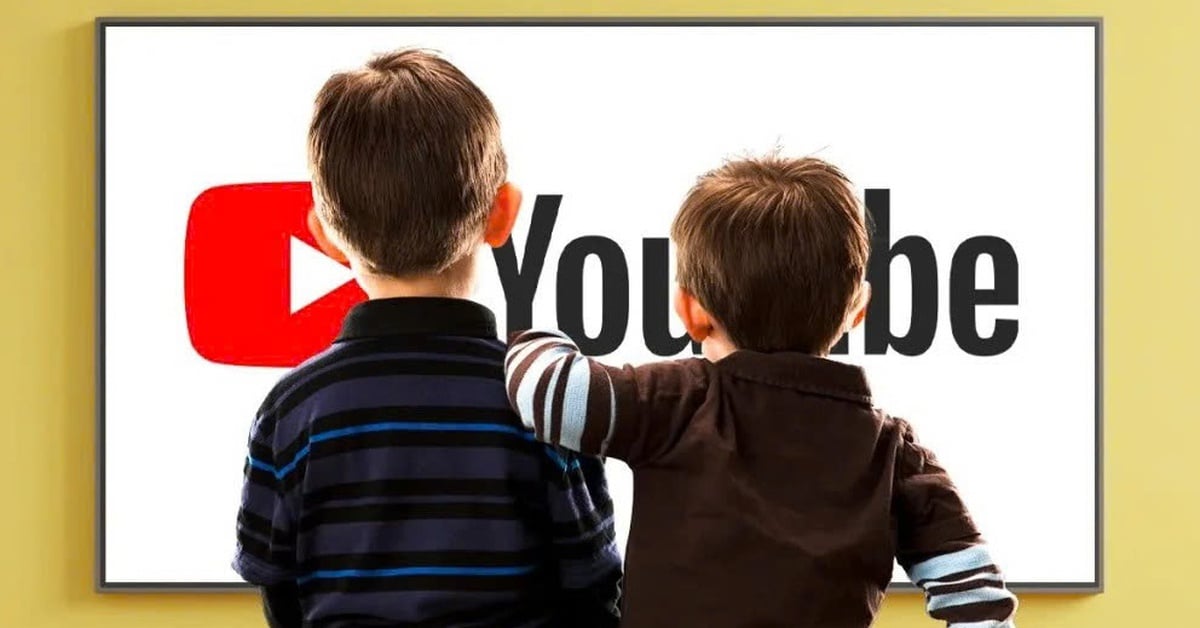



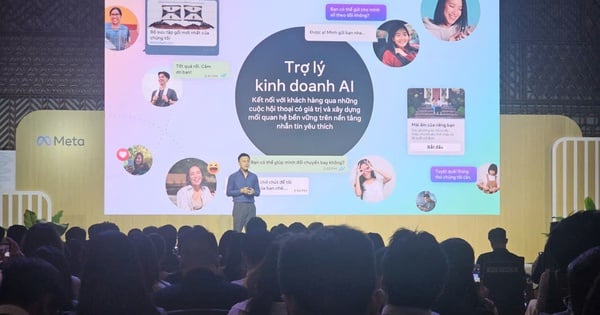







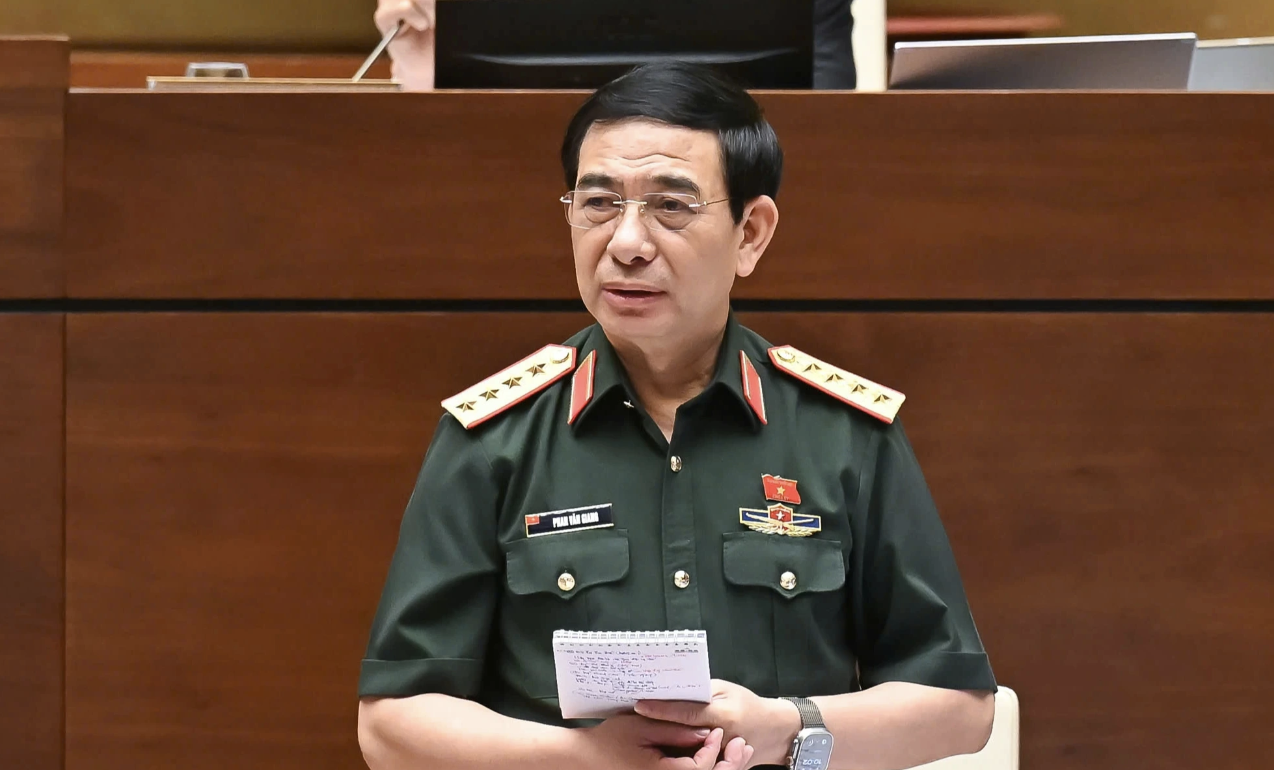

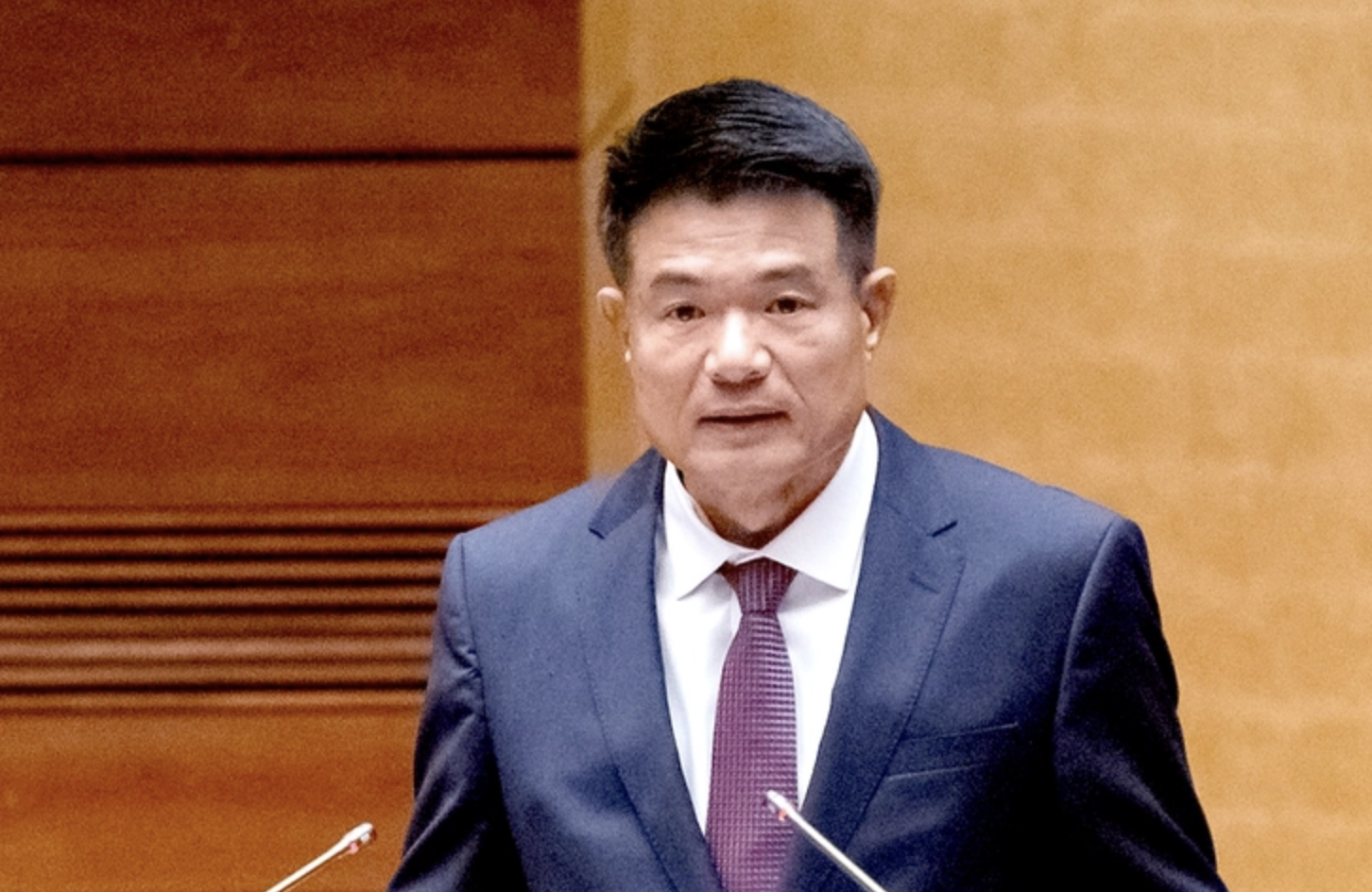
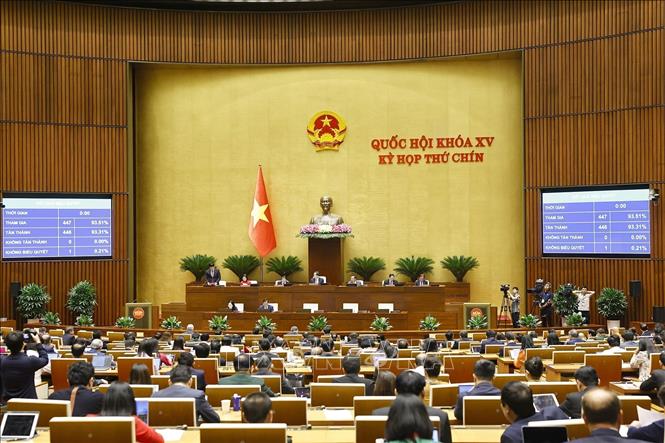











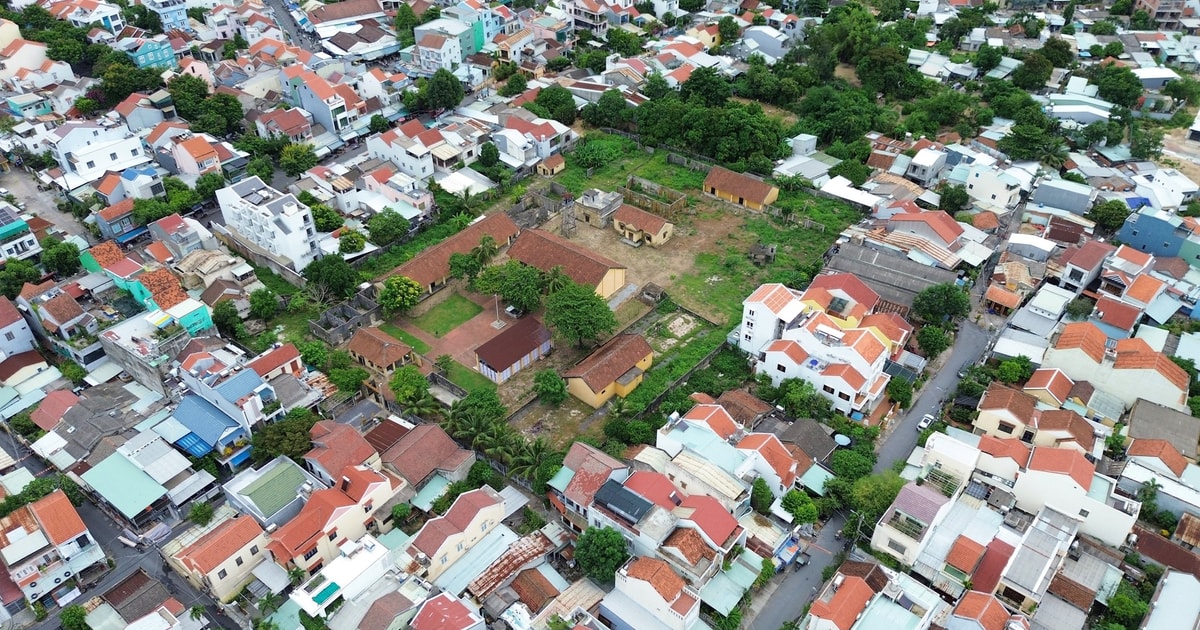


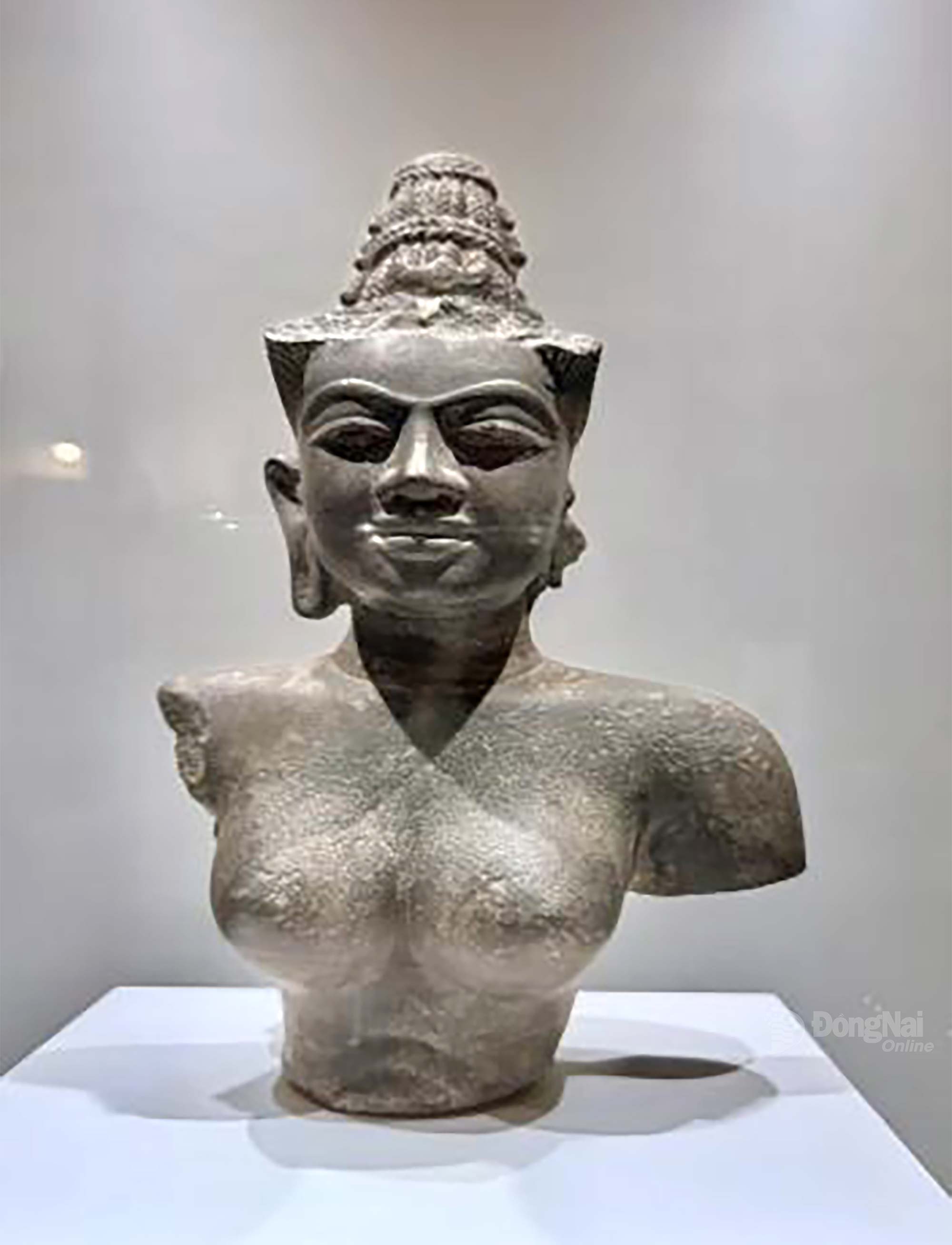







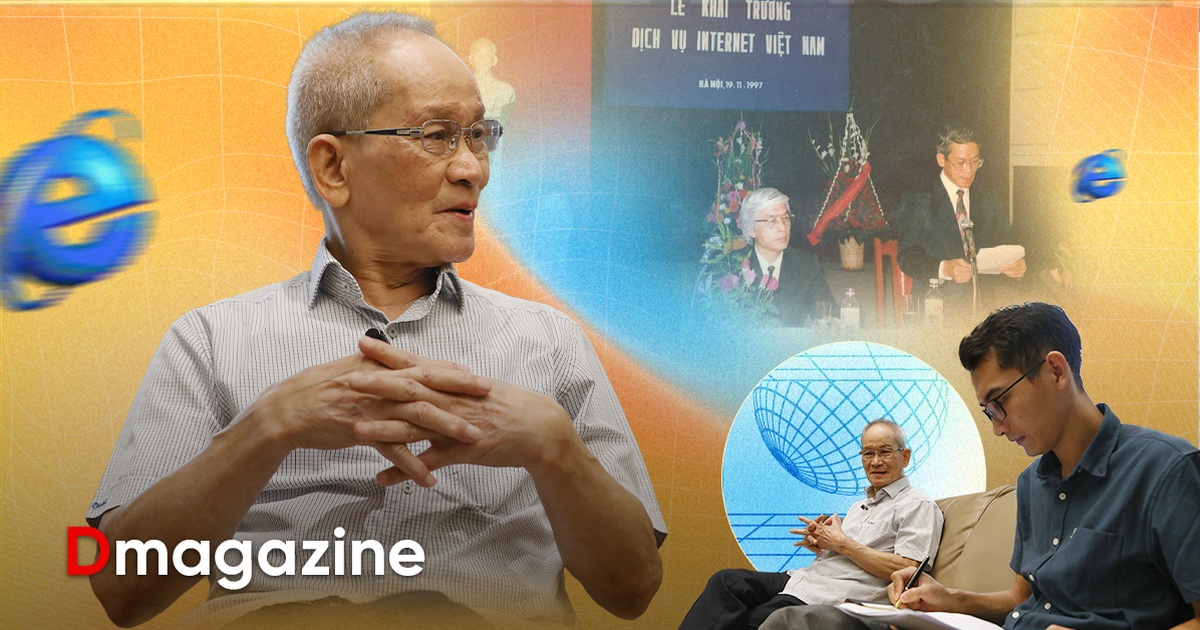

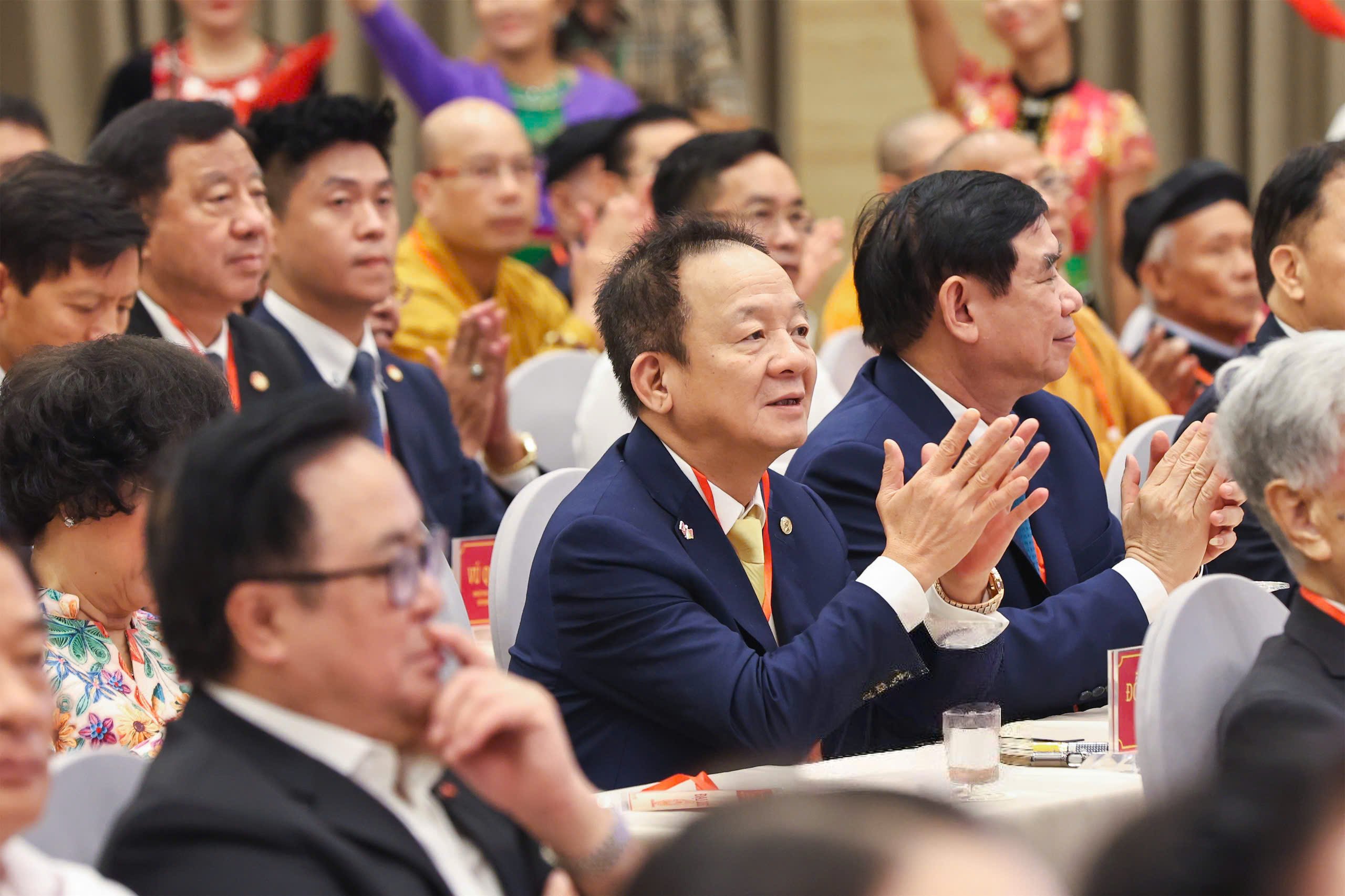












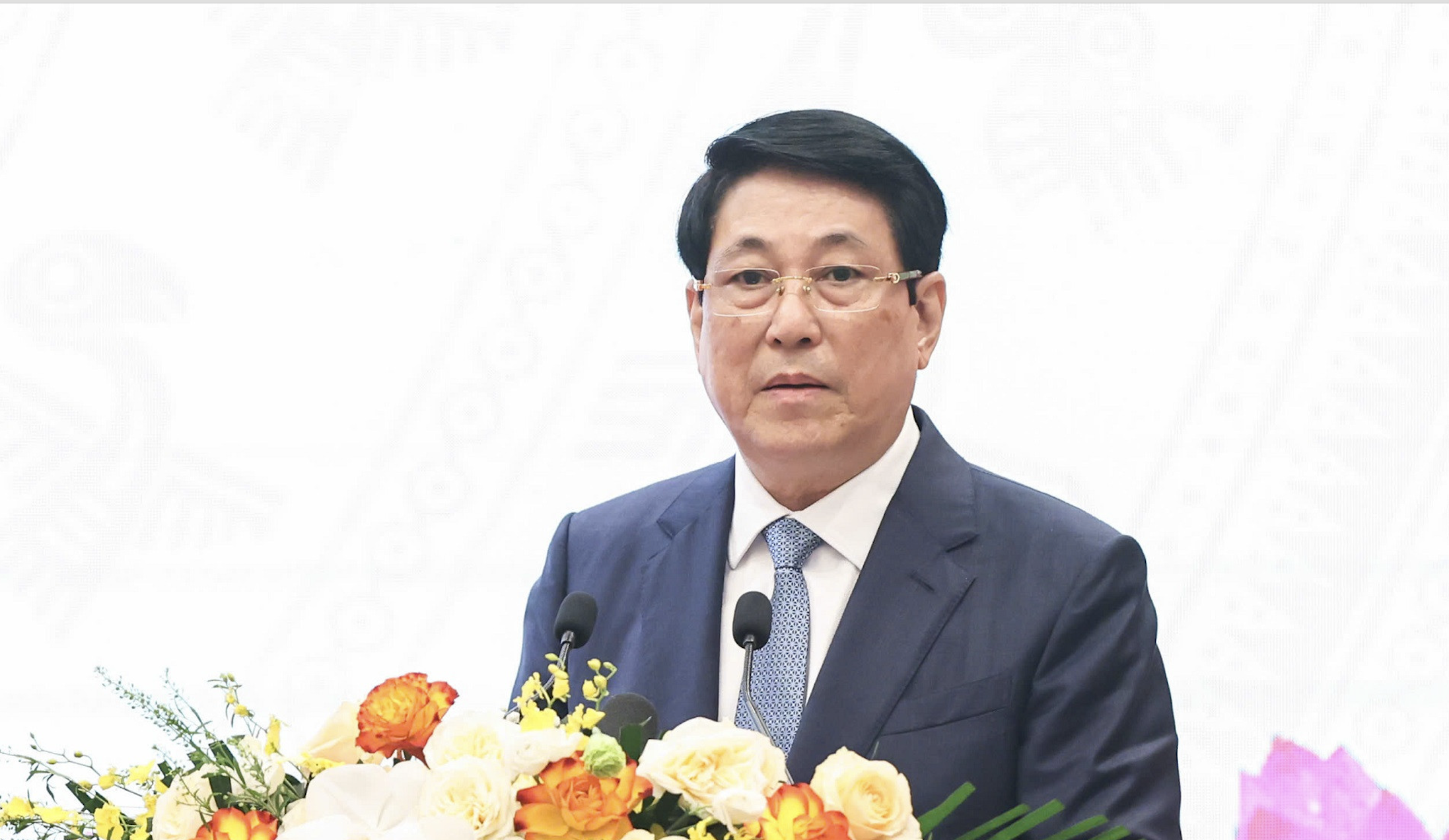

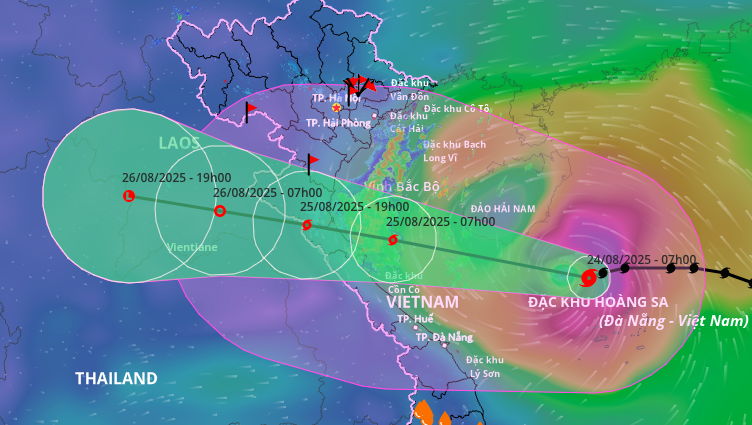



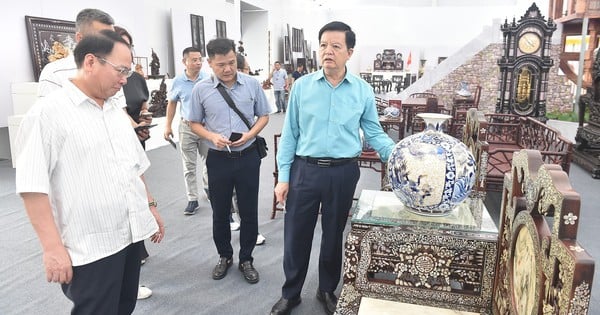


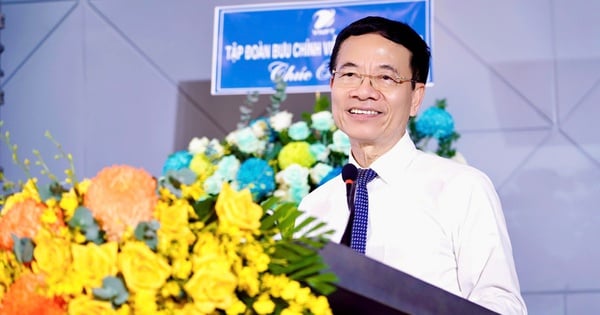











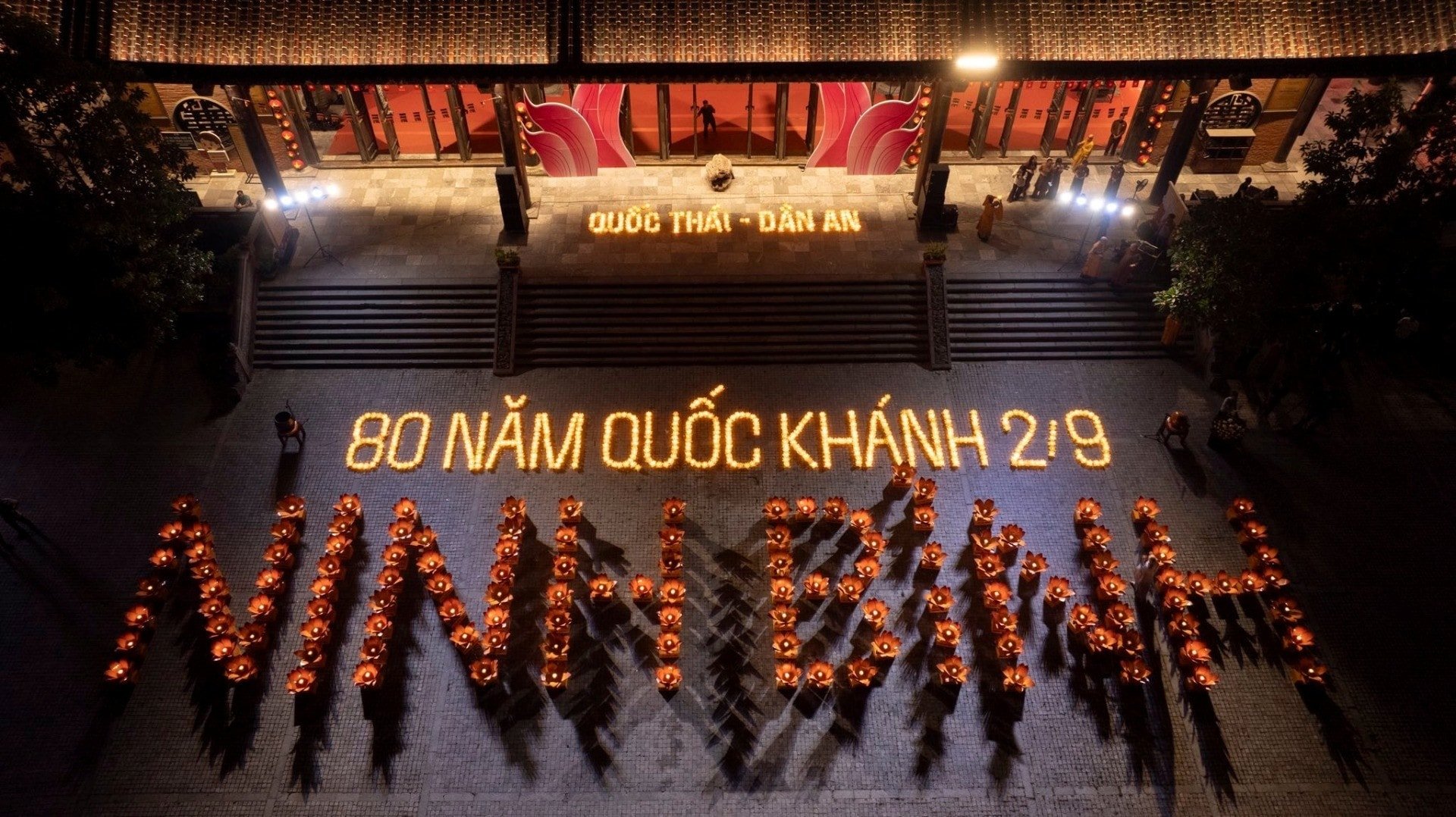


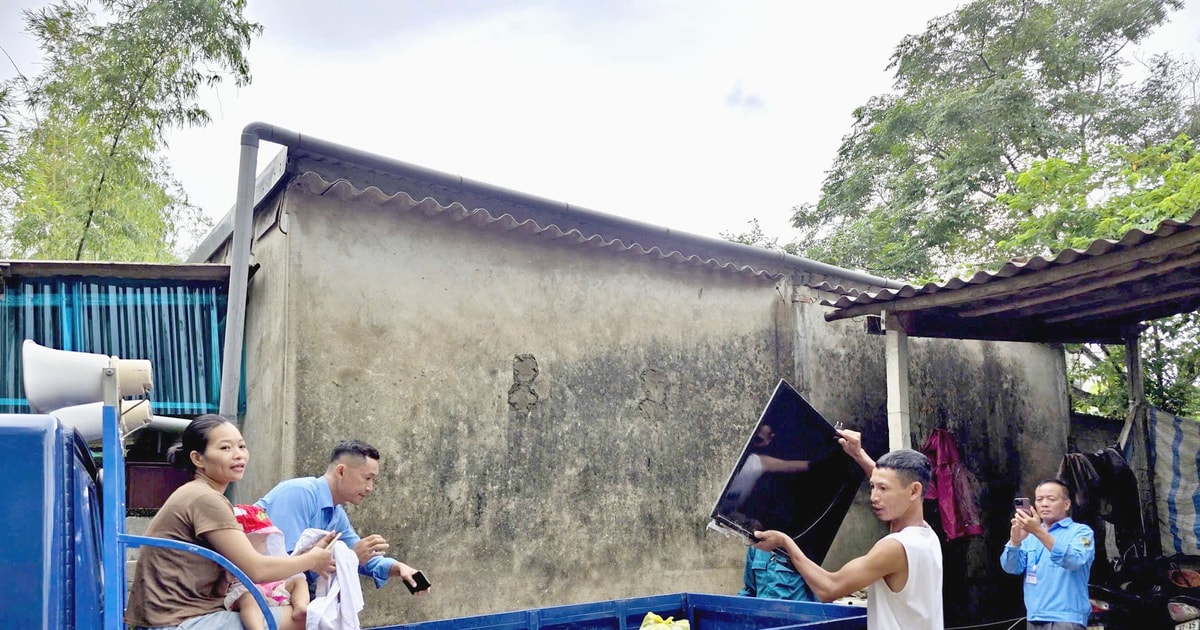
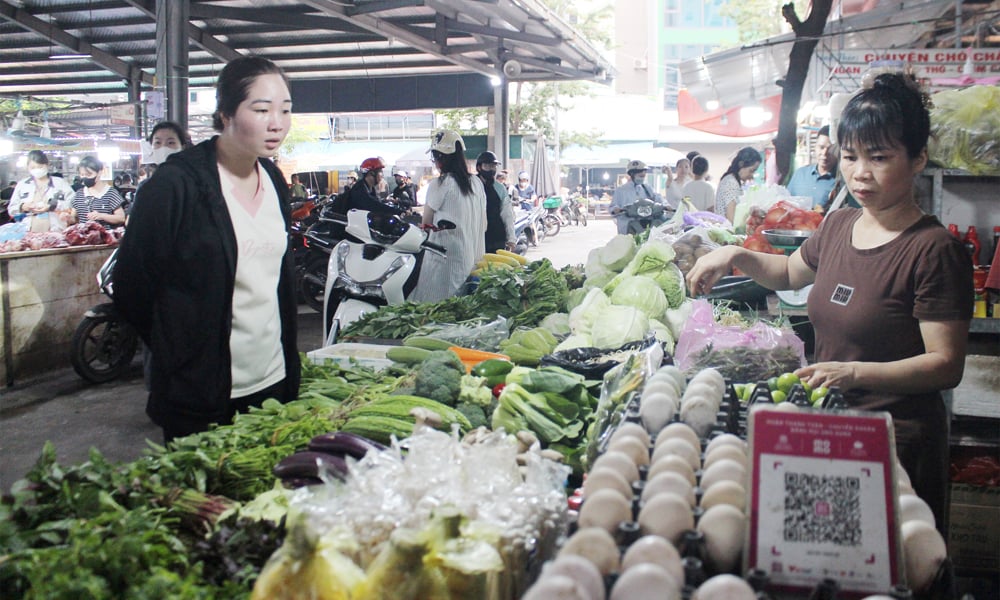

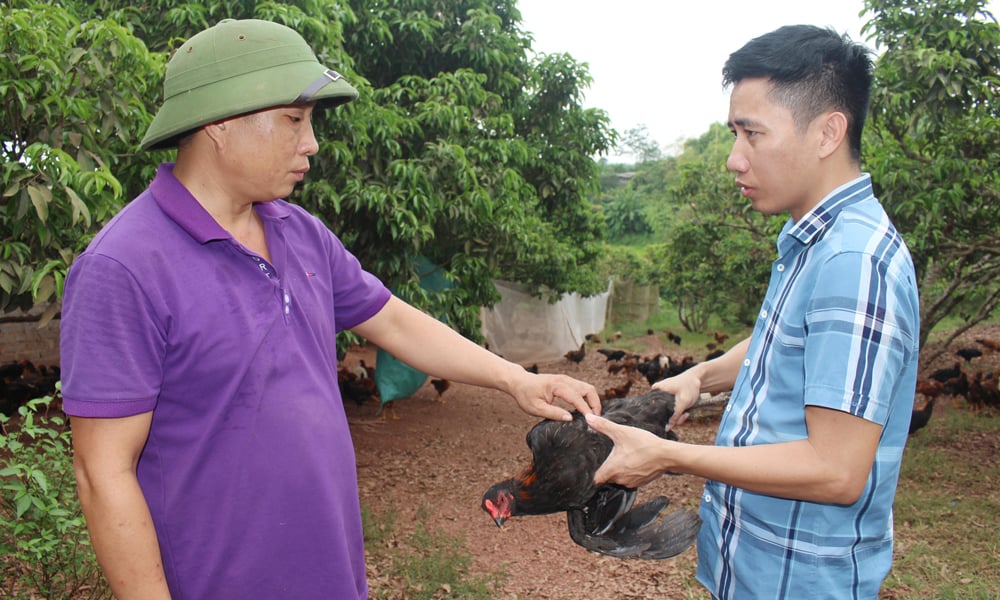












Comment (0)